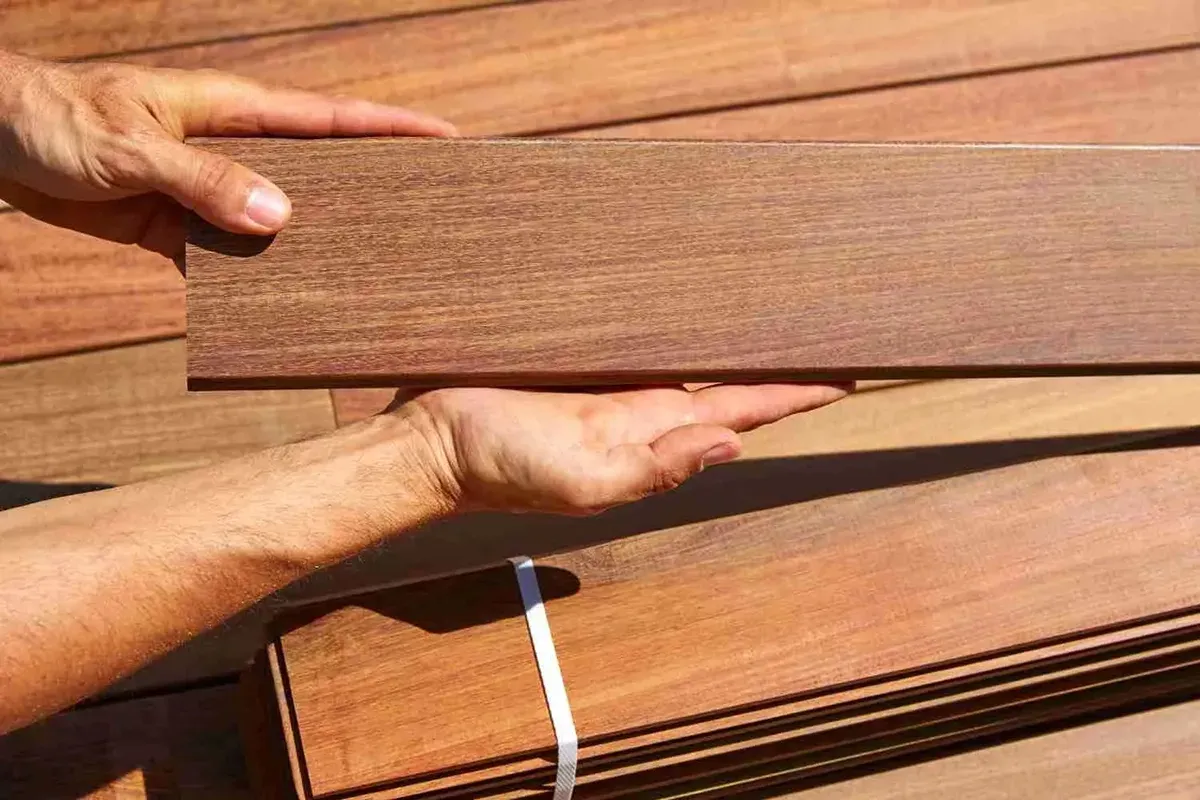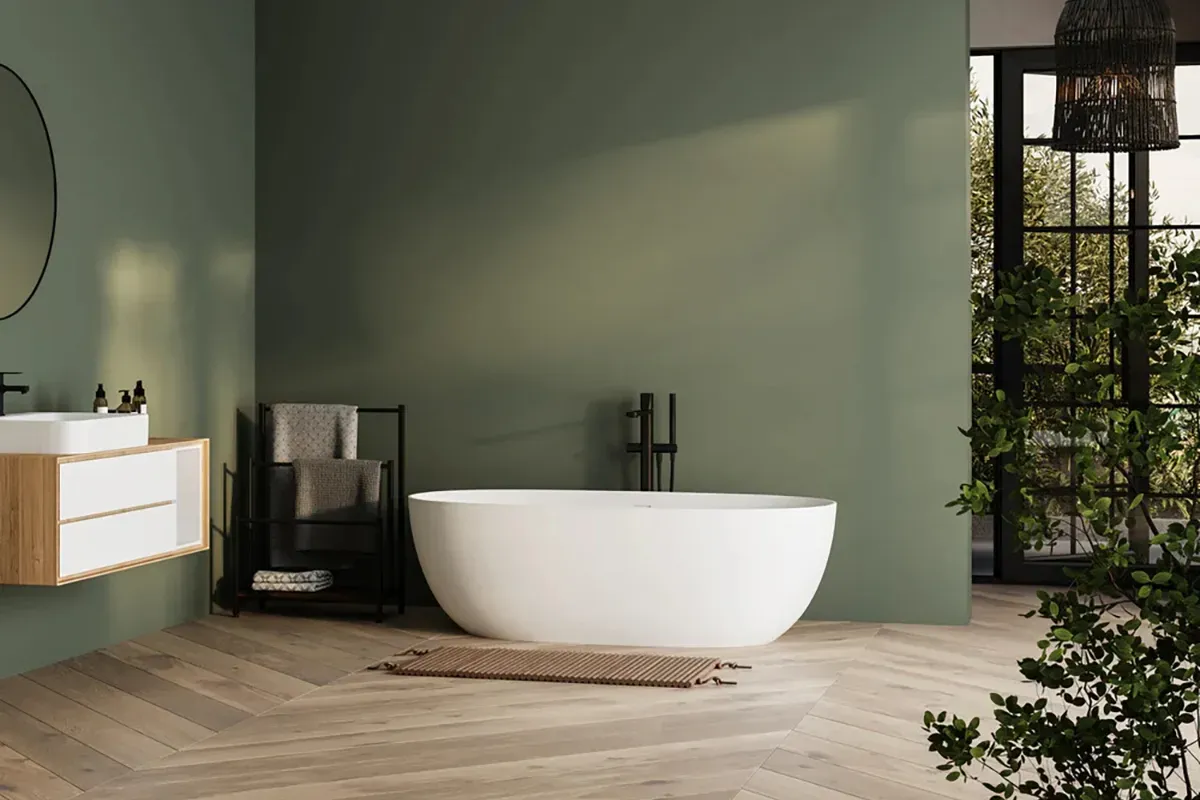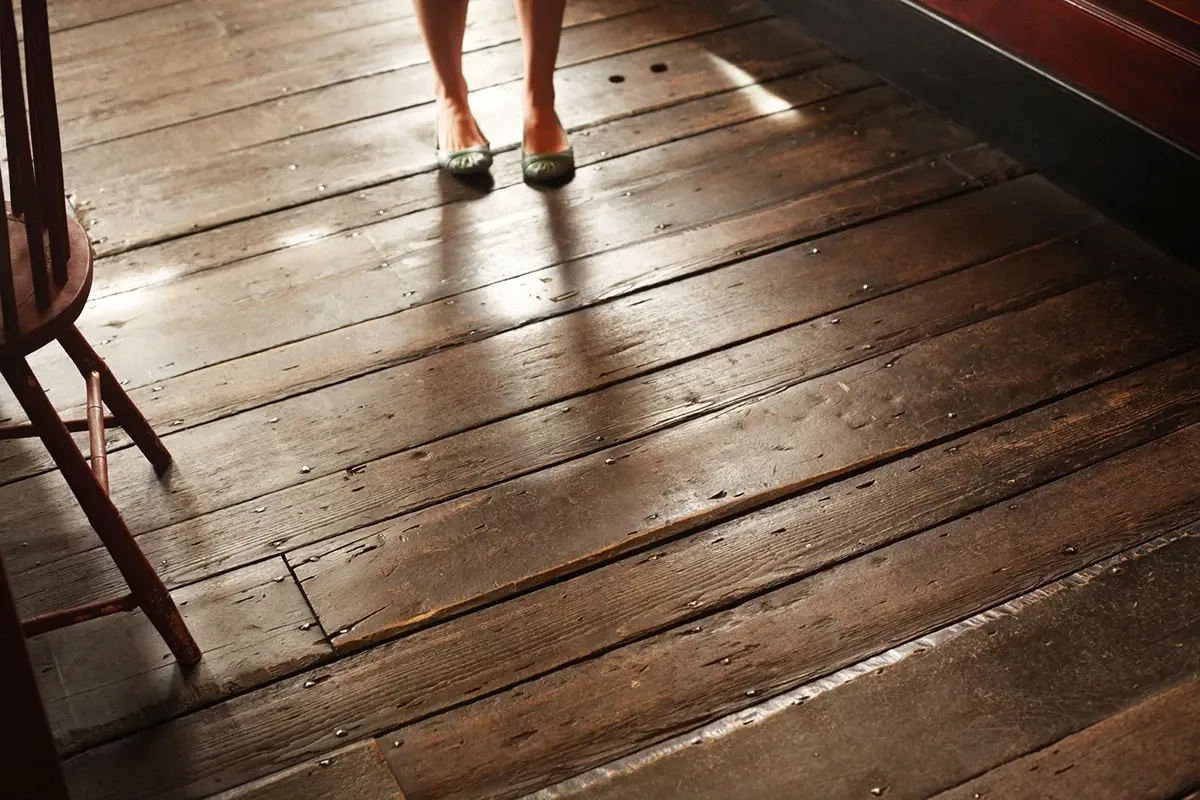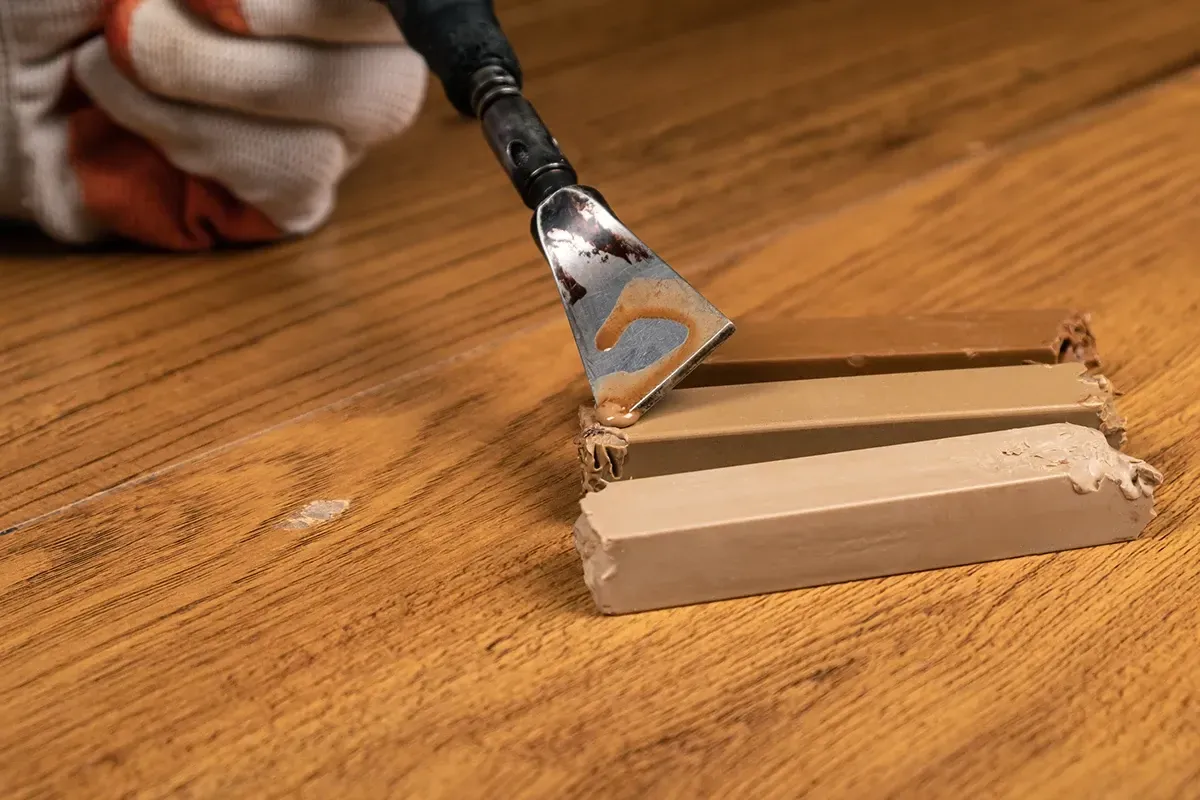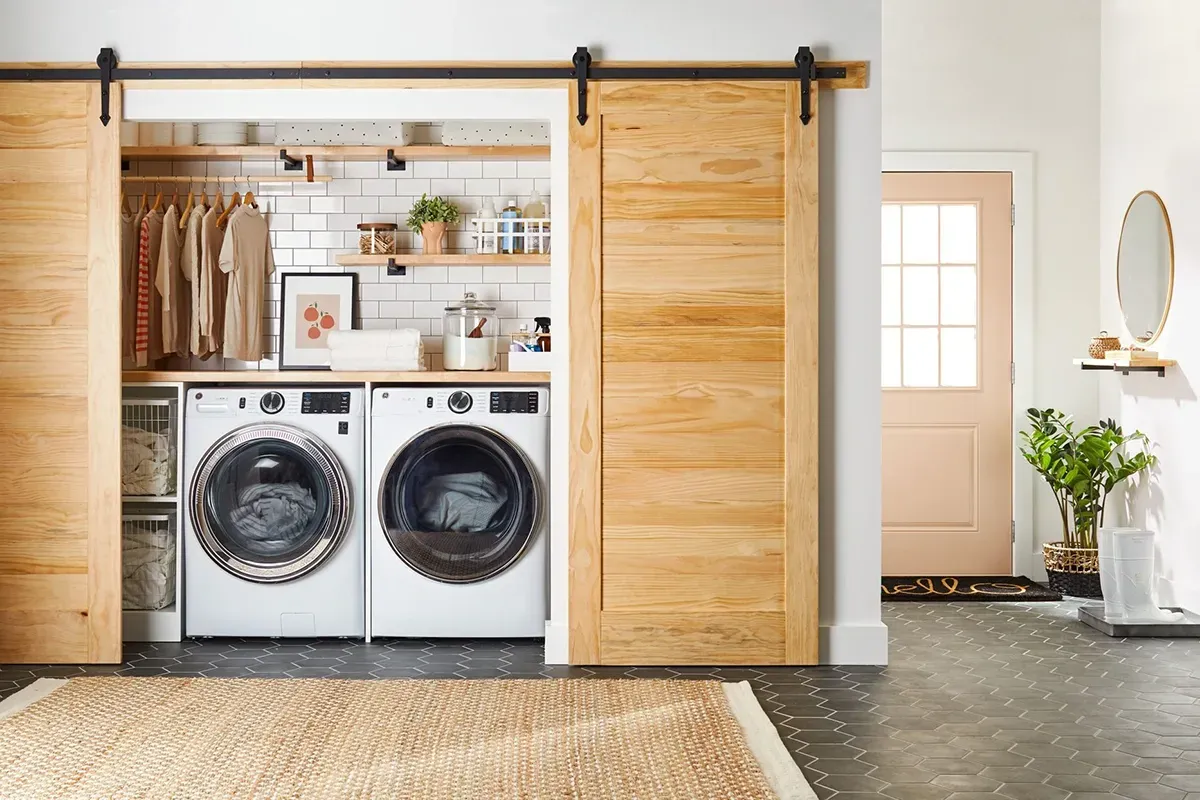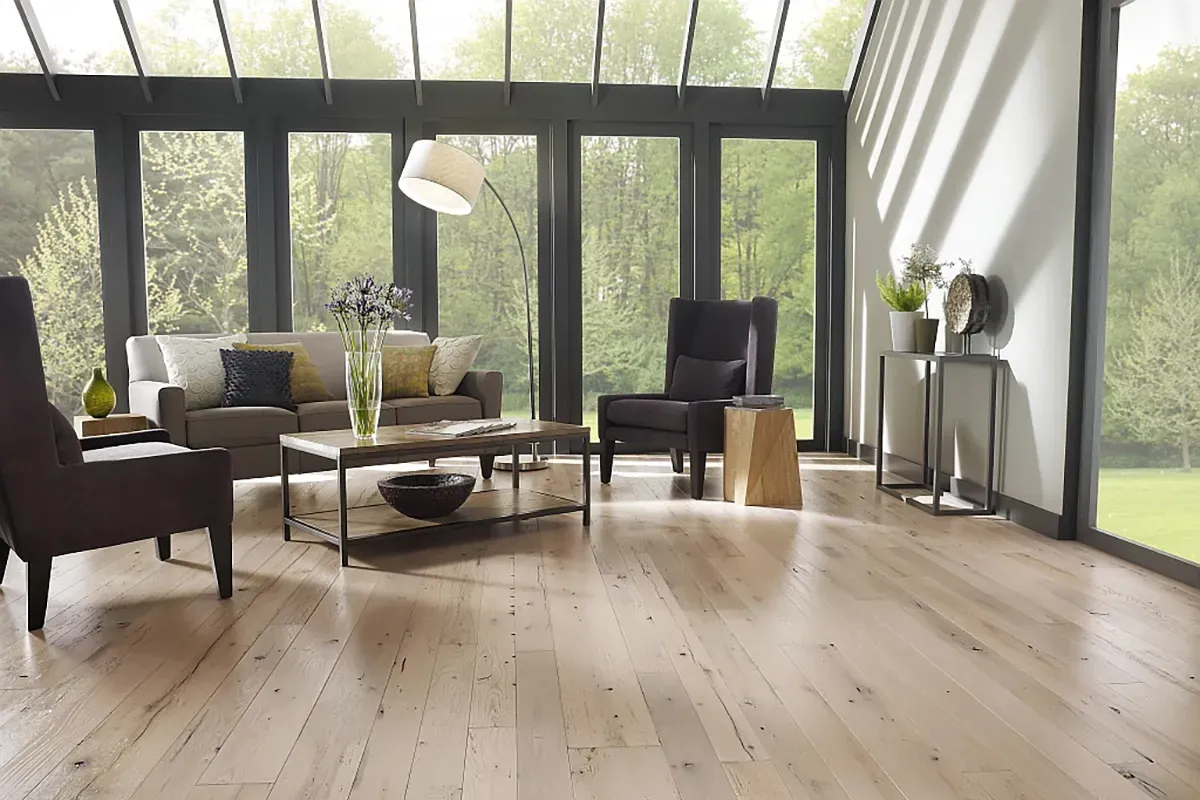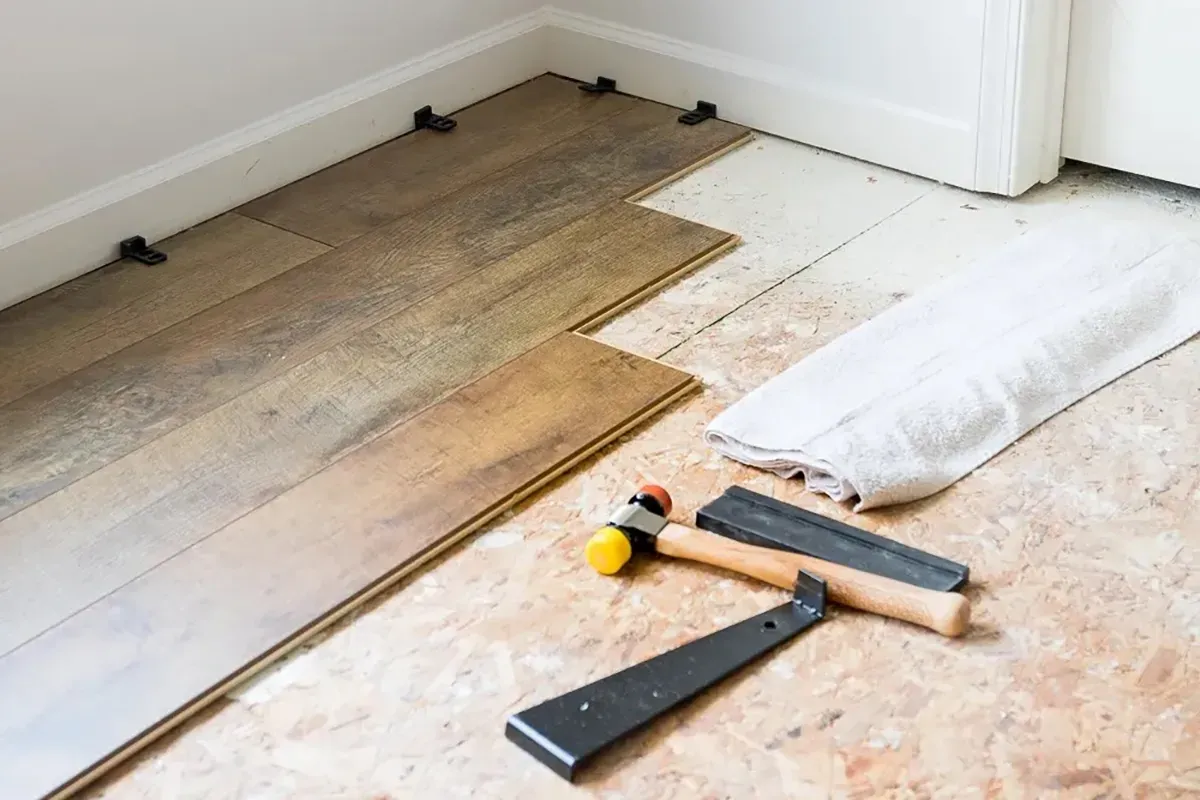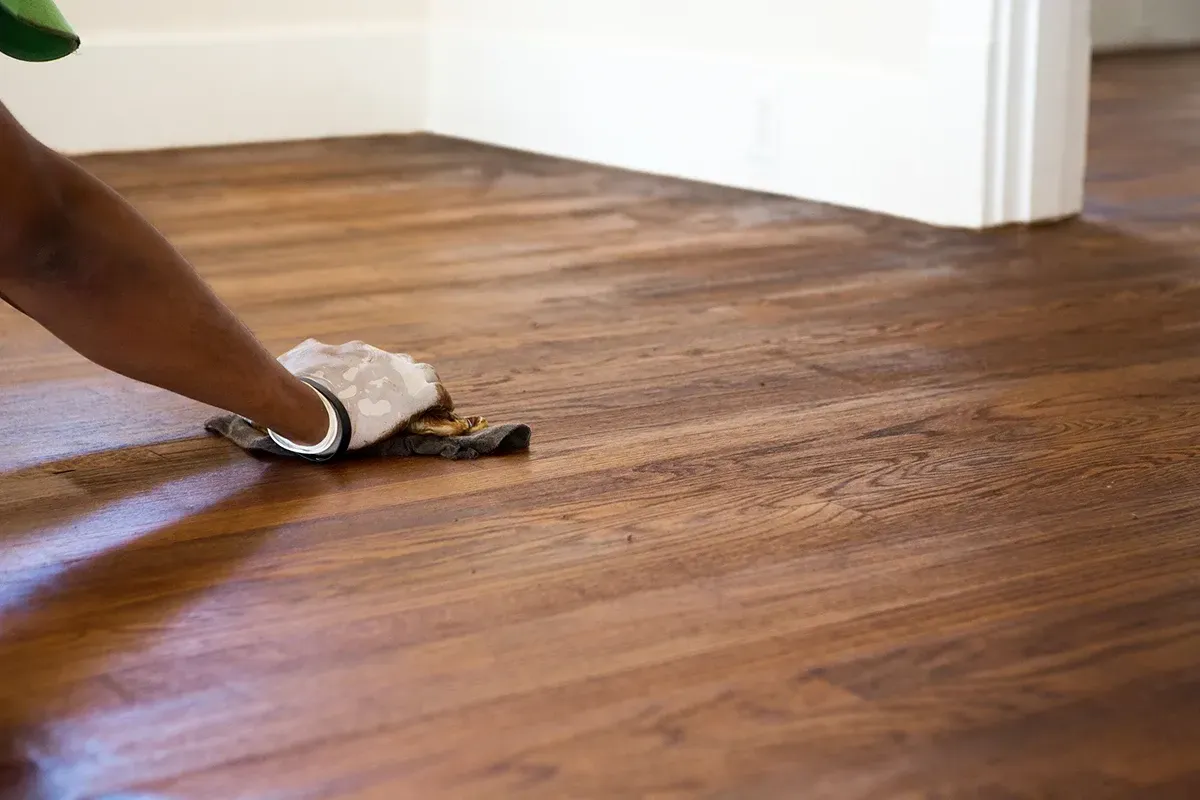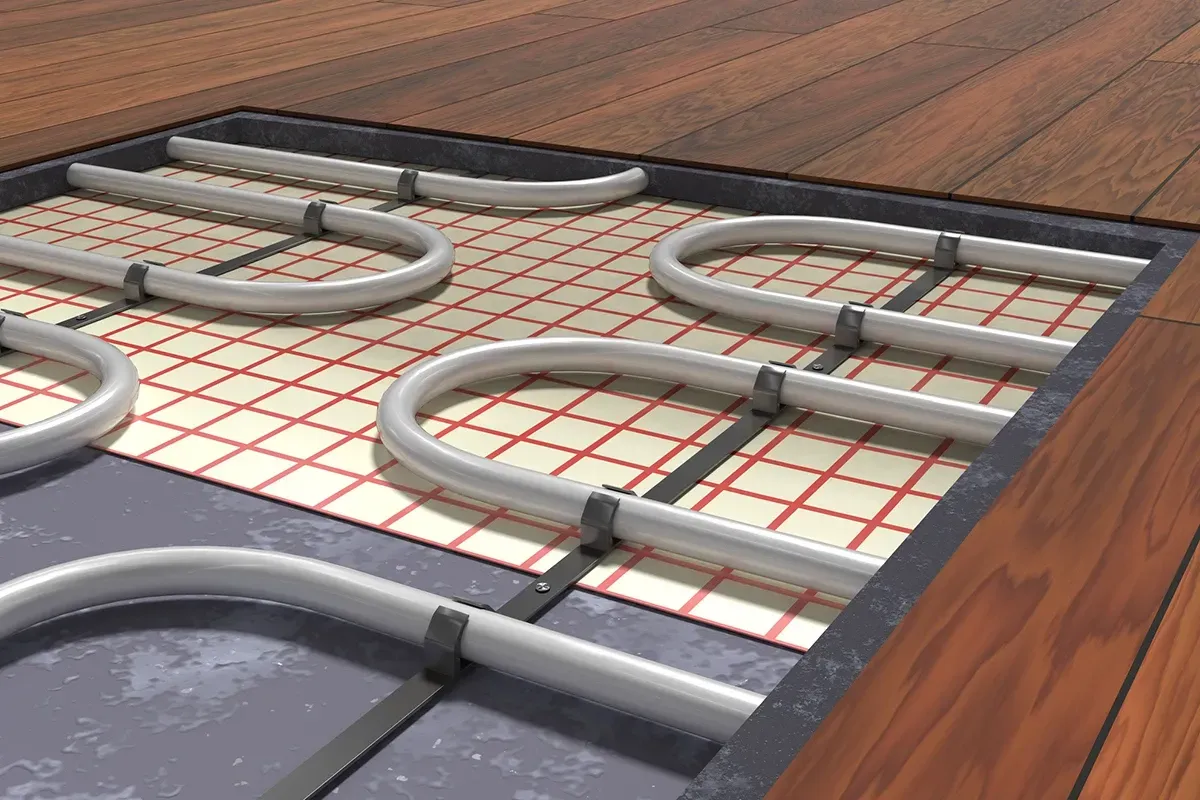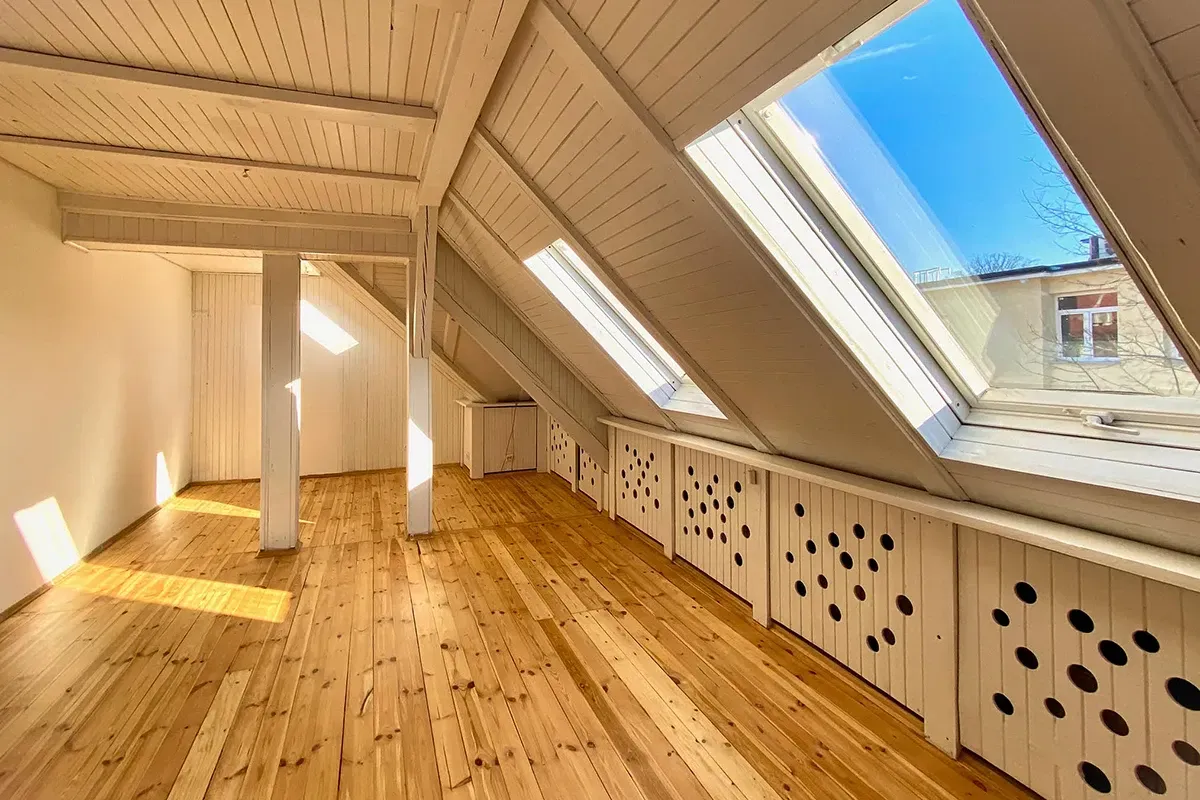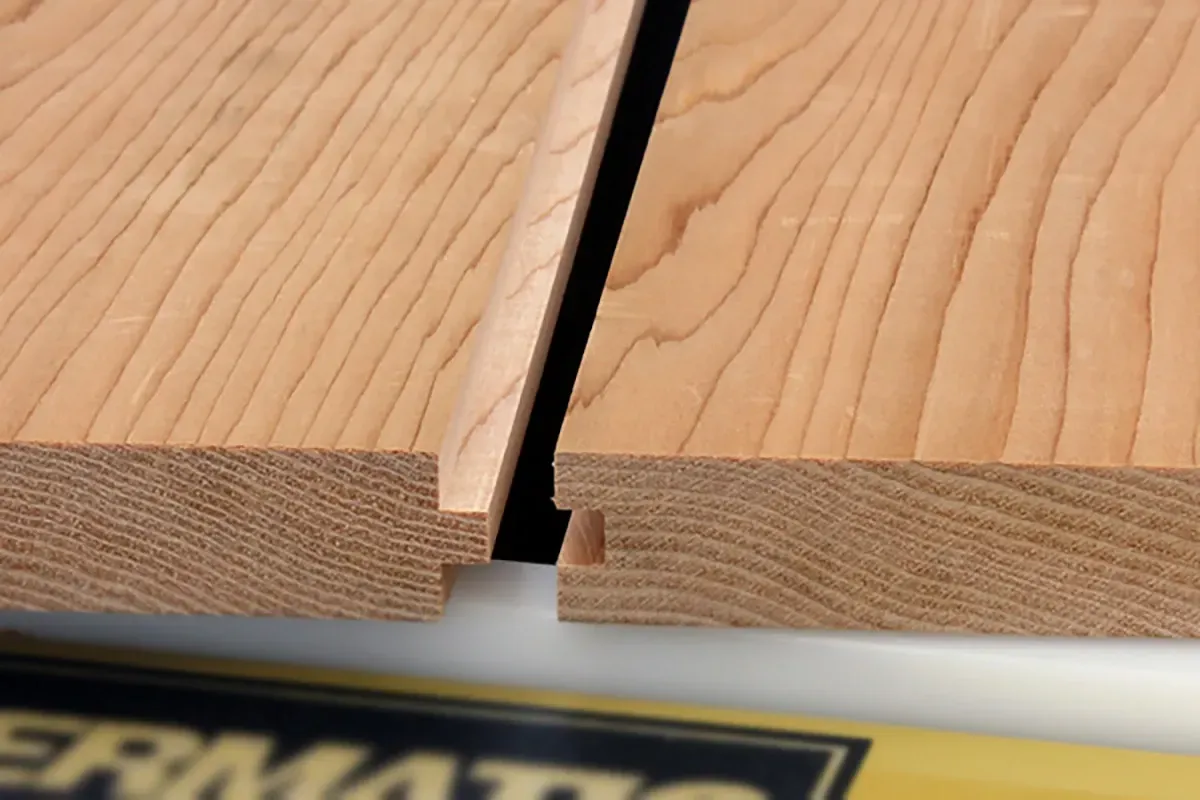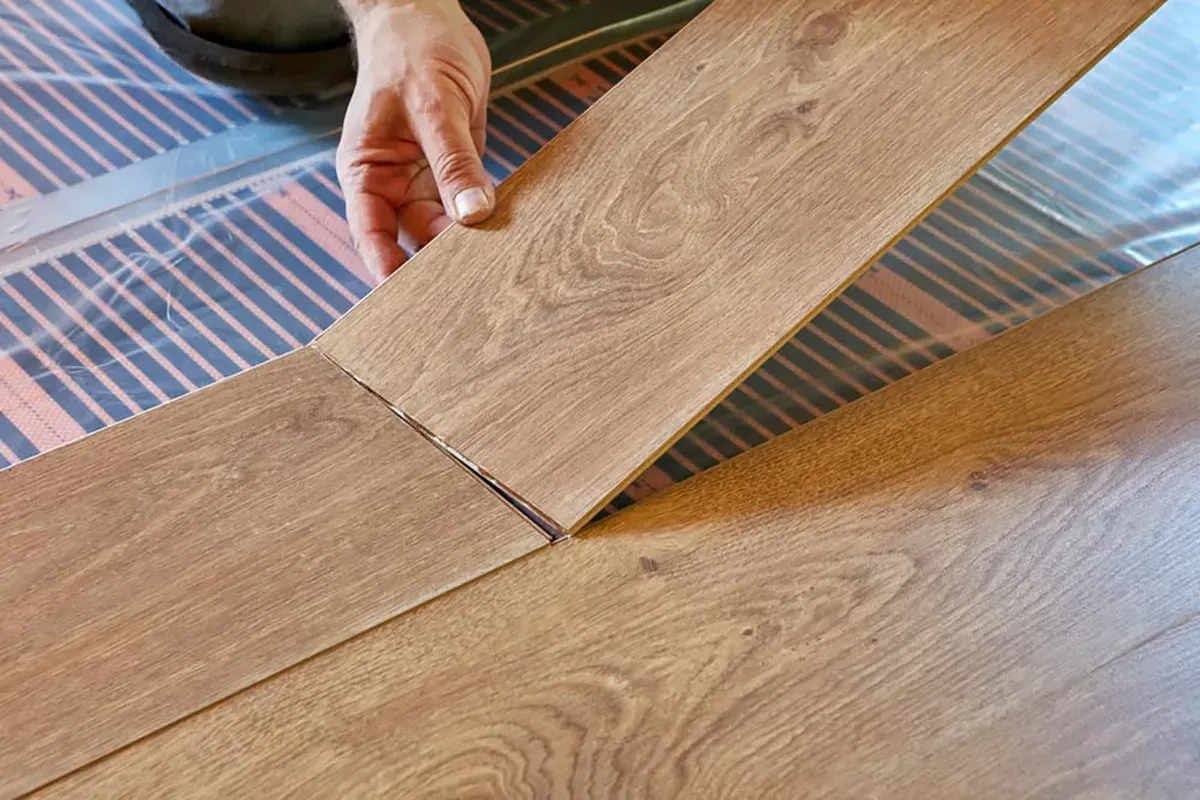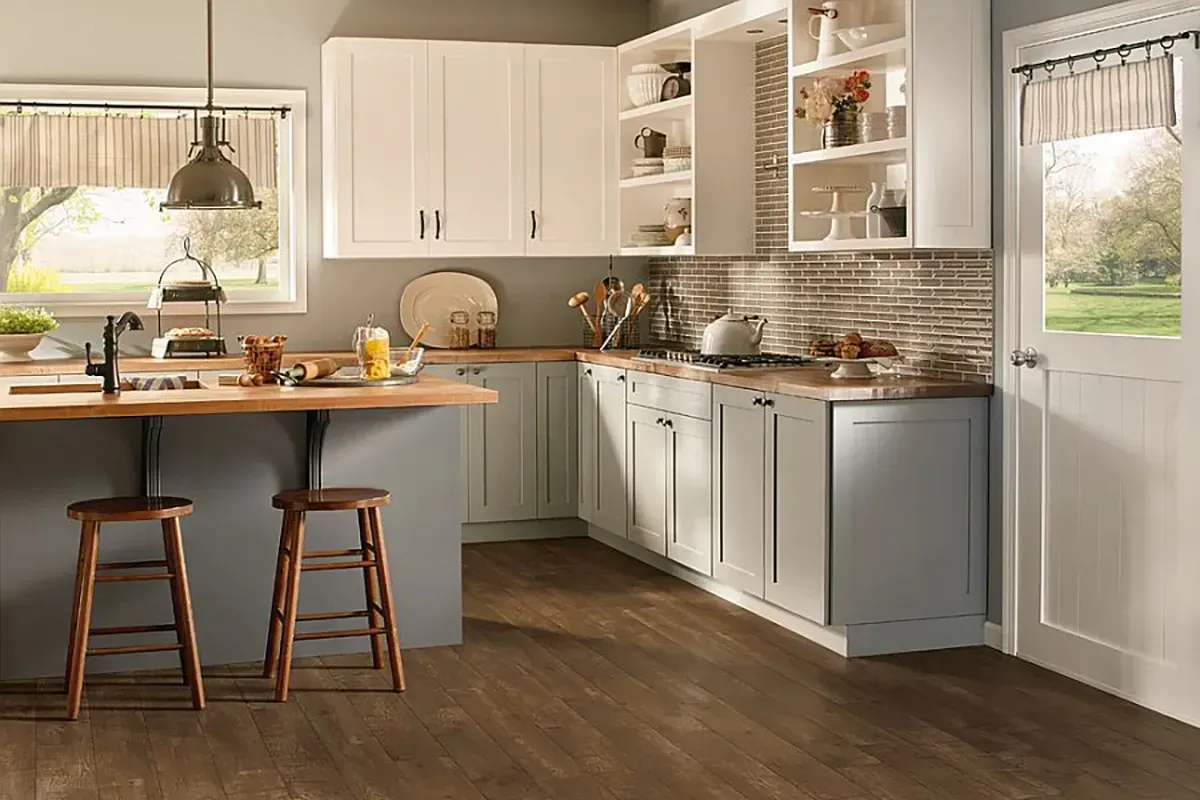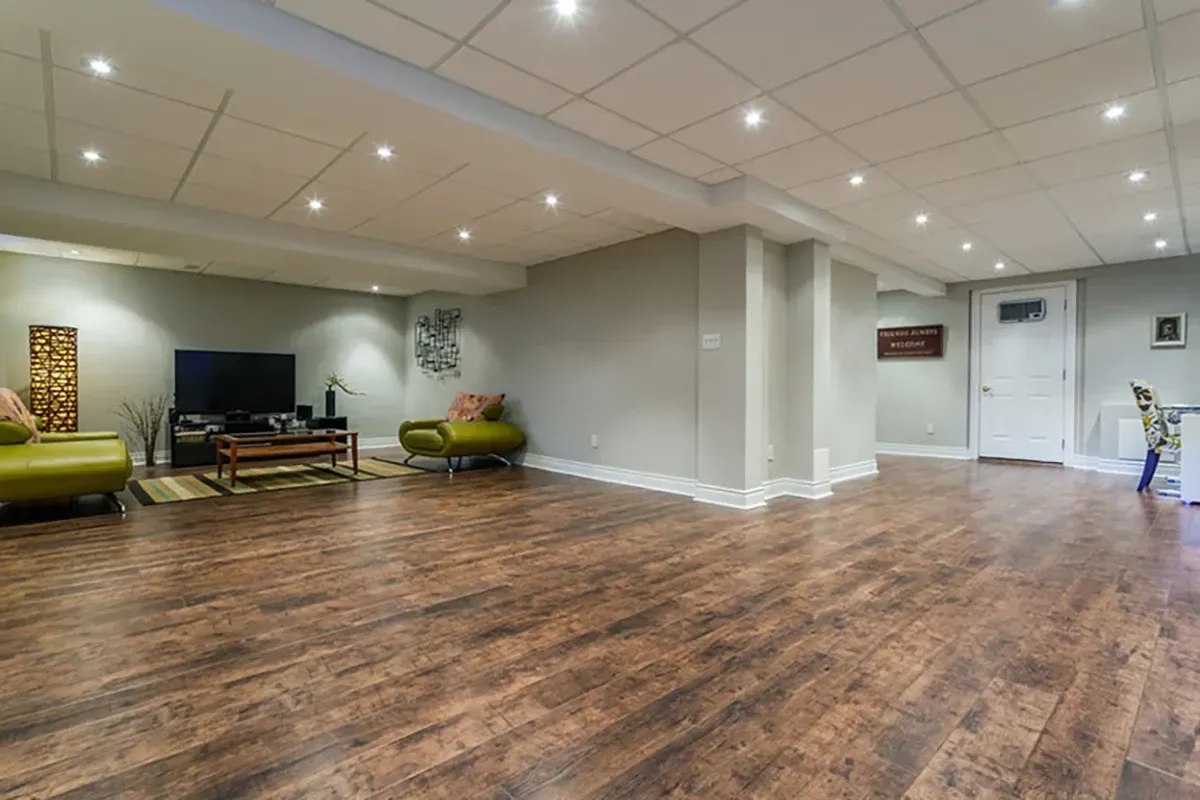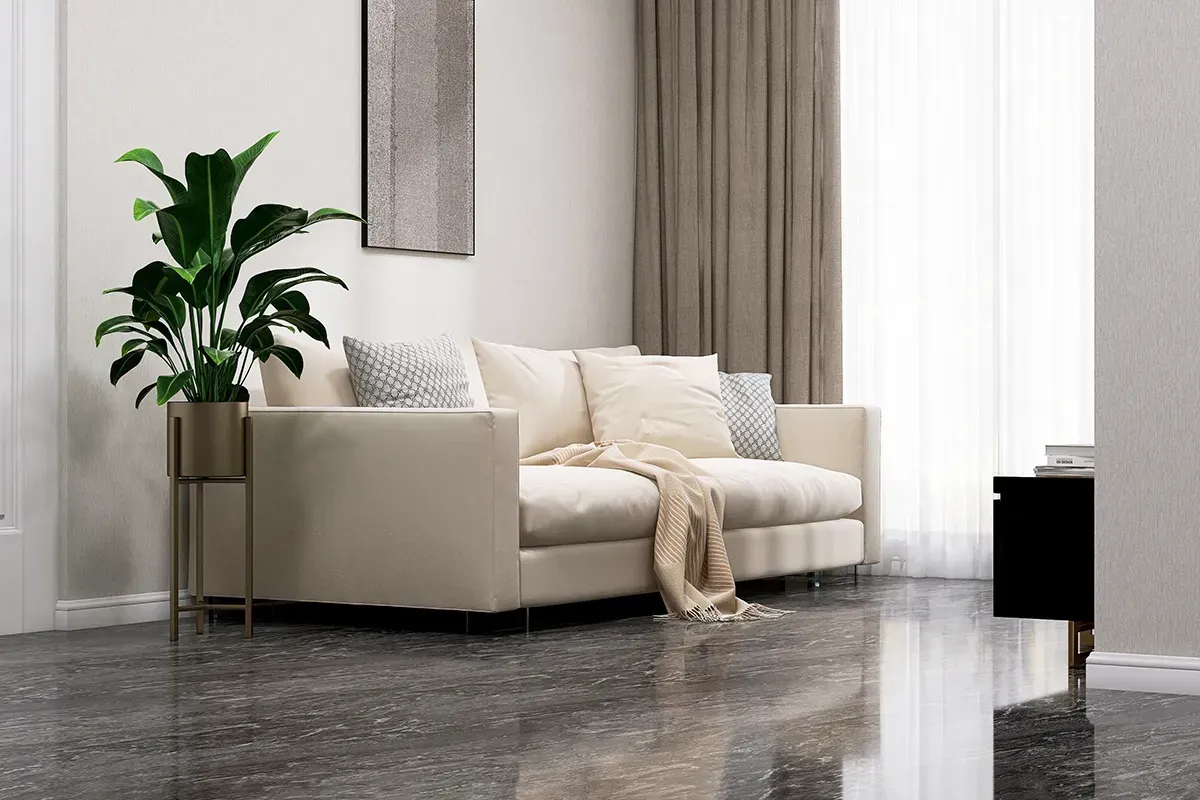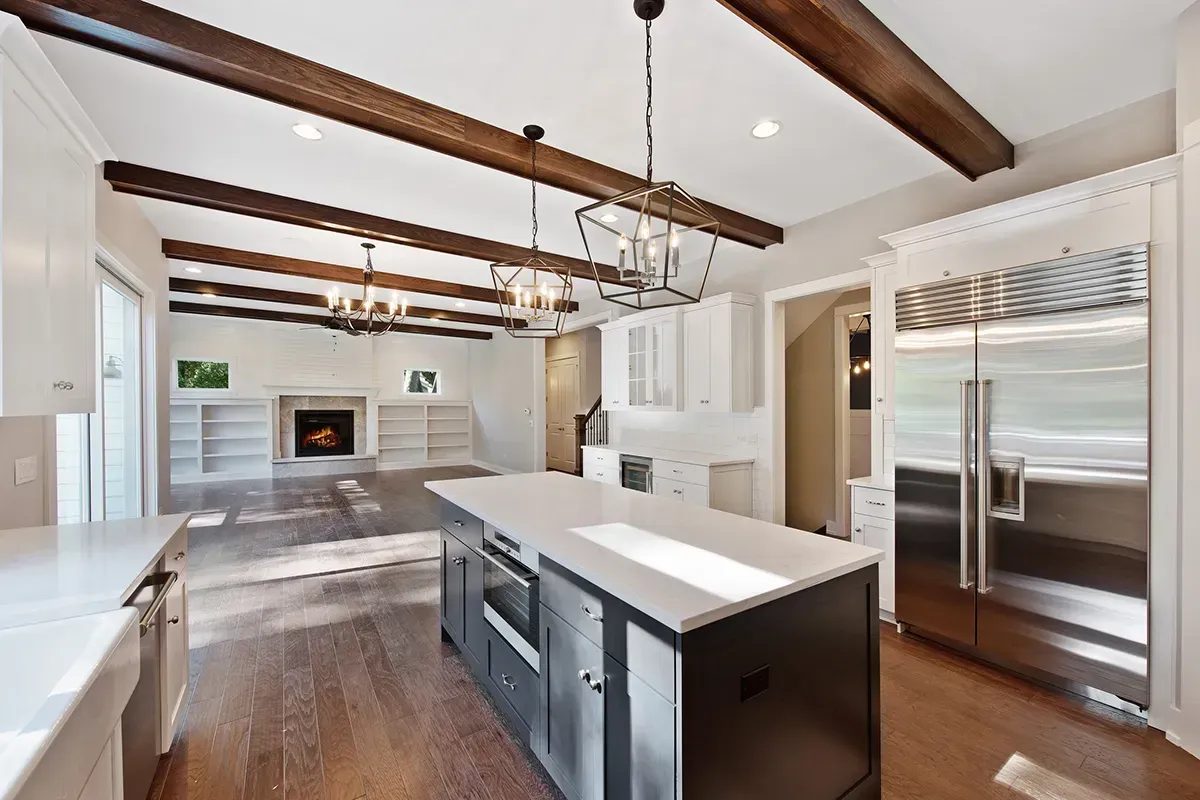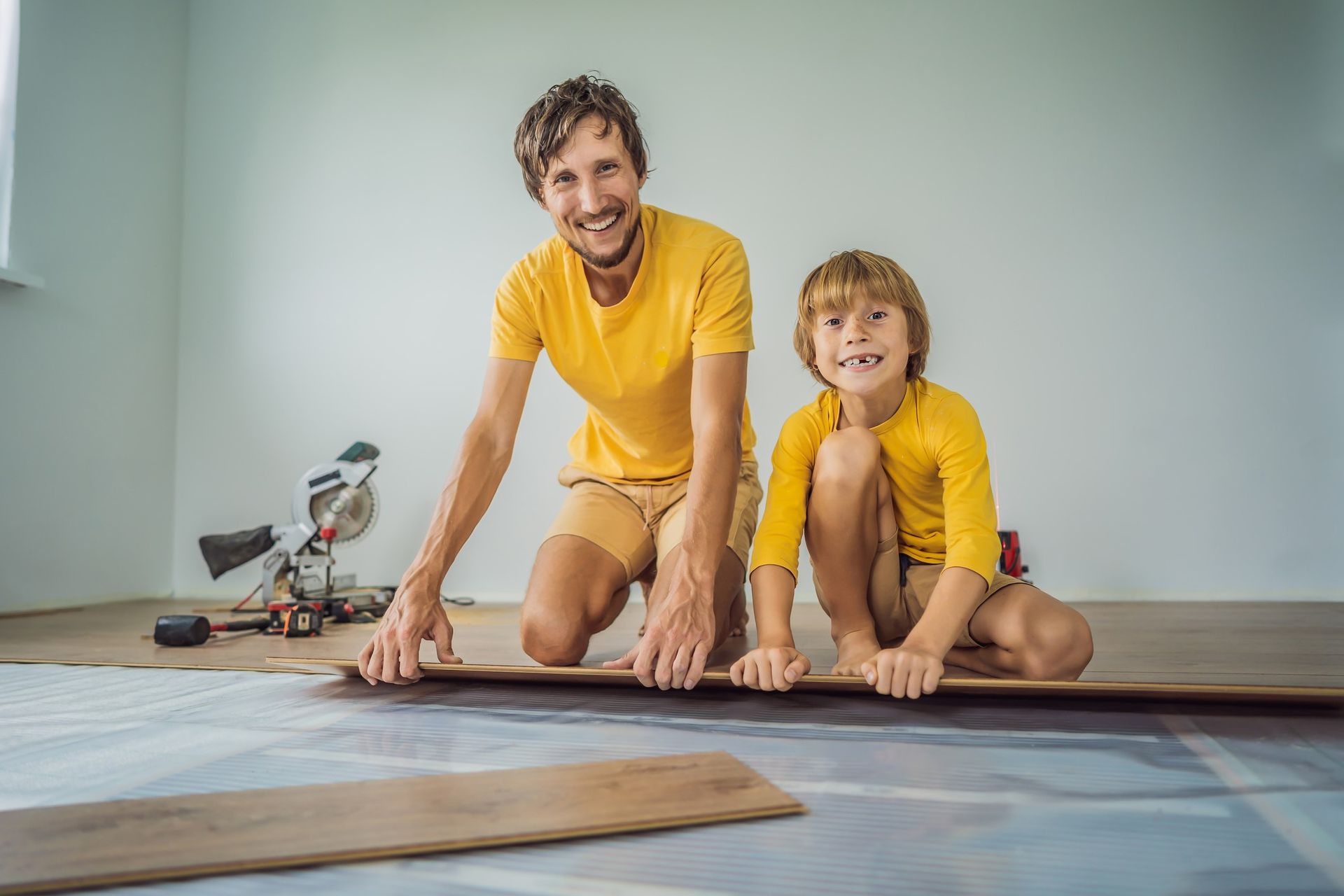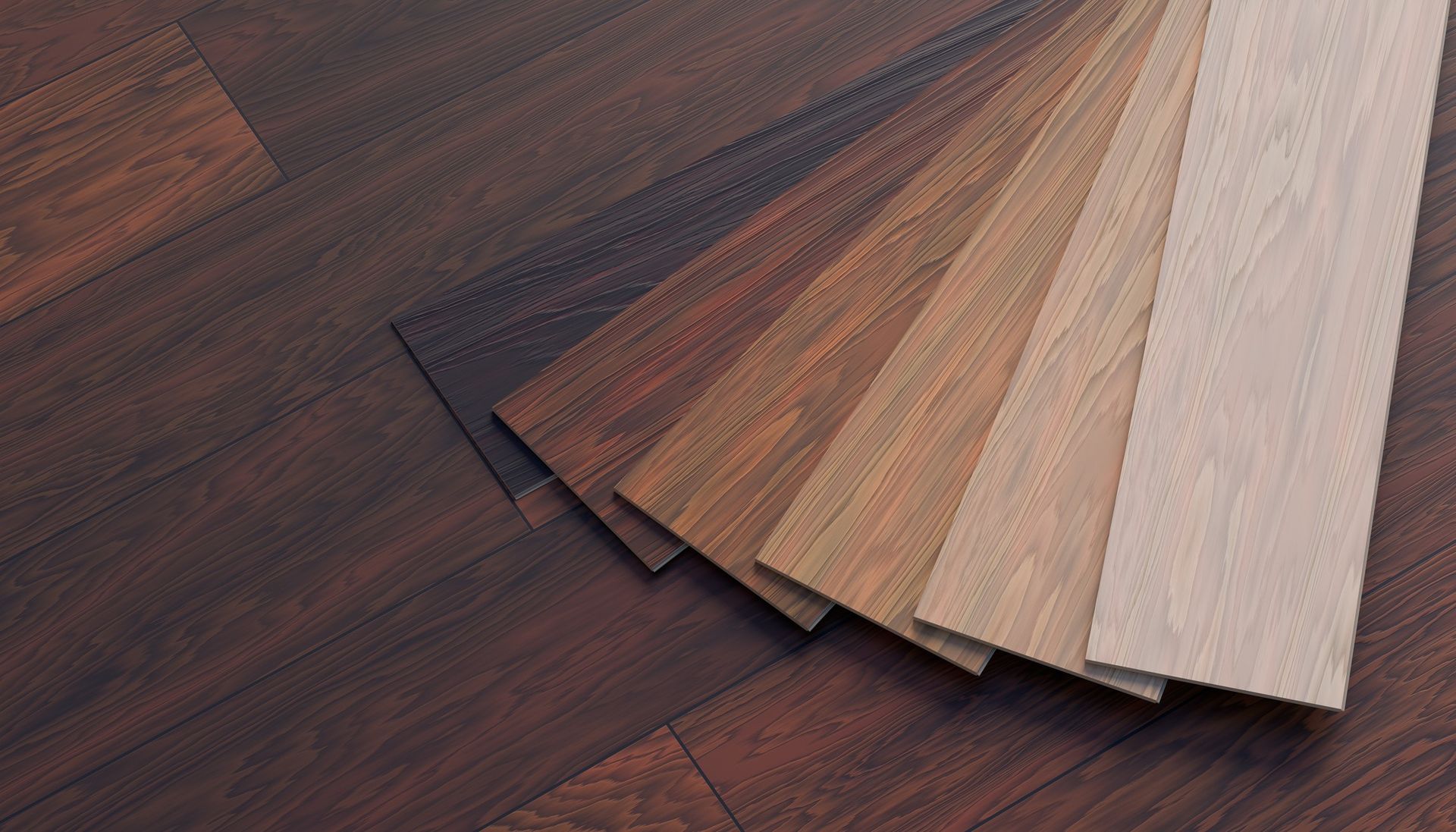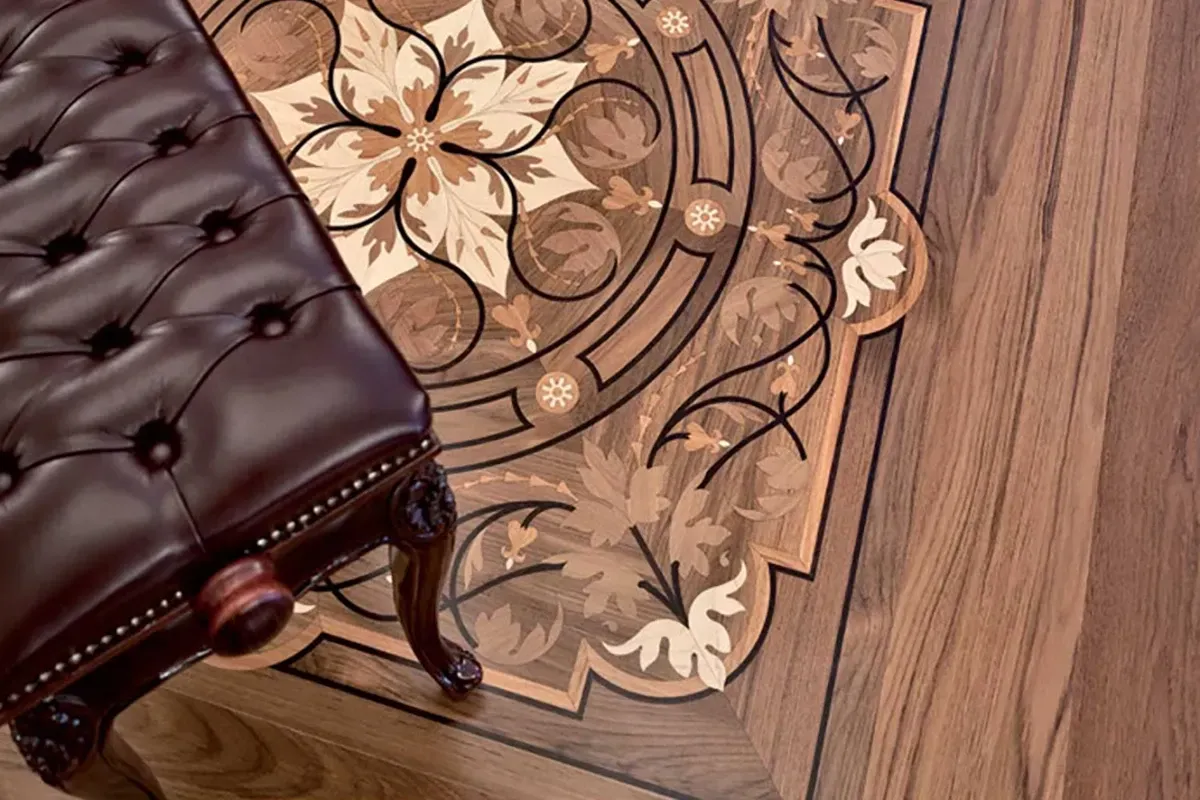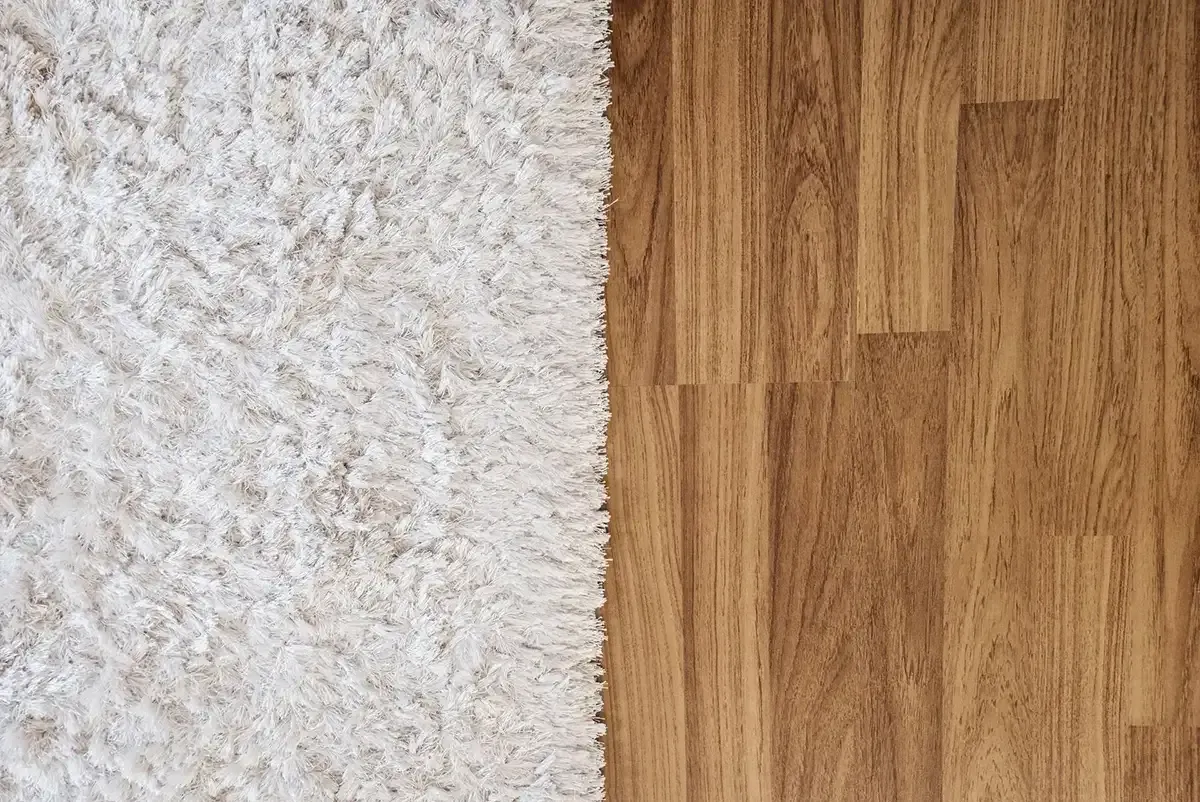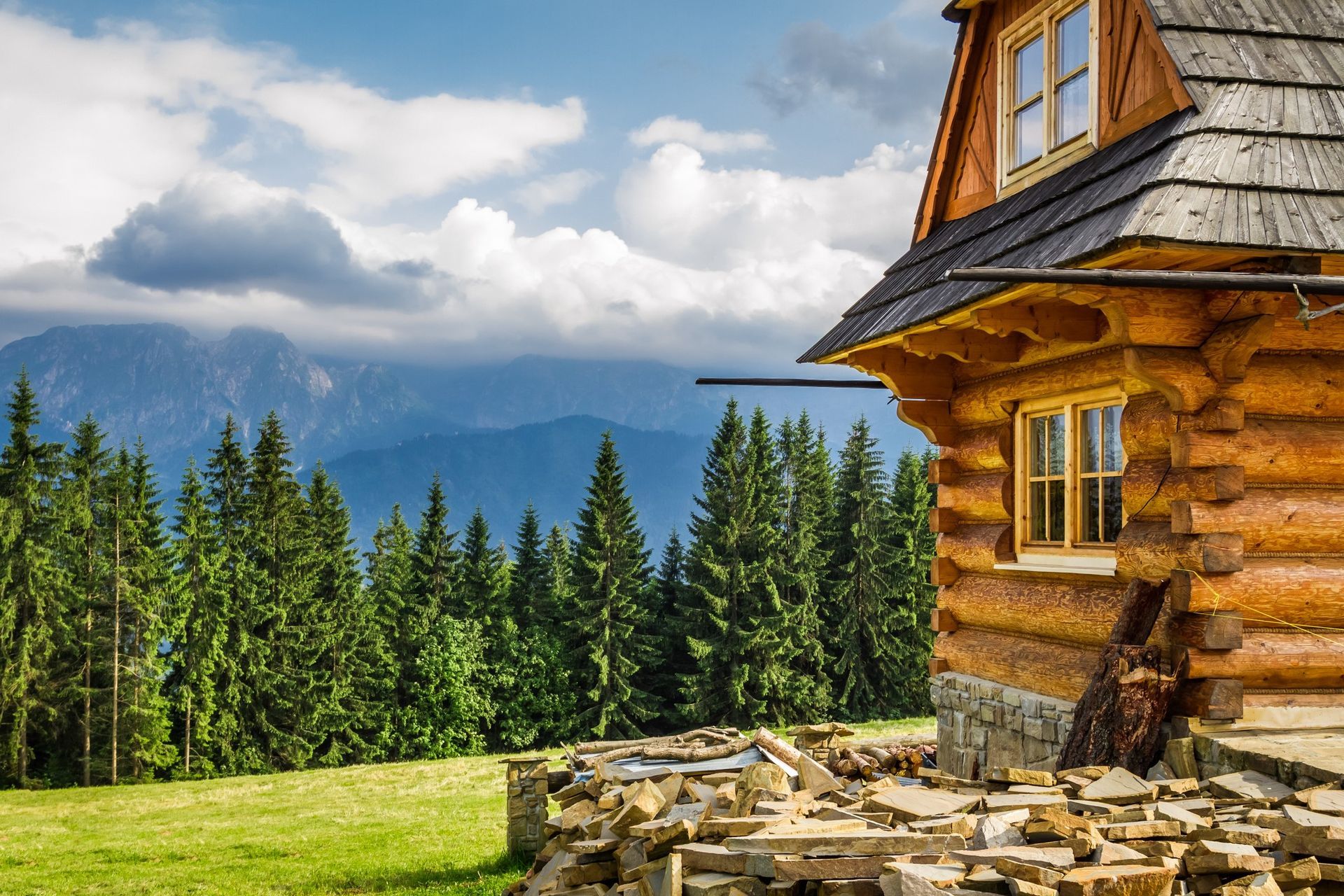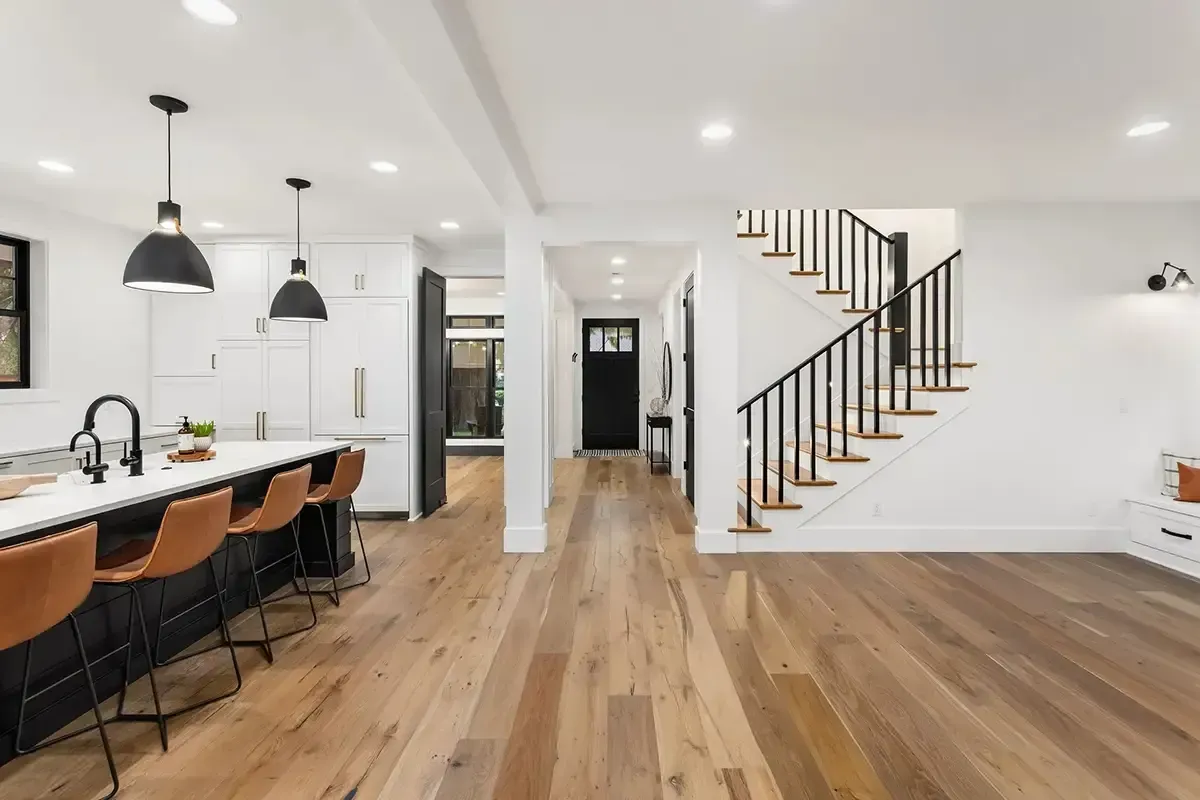8 Common Hardwood Flooring Mistakes (and Solutions)

Hardwood flooring is a timeless investment that can enhance the beauty and
value of any home. However, as with any major investment, mistakes during the selection, installation, and maintenance phases can lead to significant costs. Whether you're a first-time hardwood buyer or an experienced homeowner, avoiding these common pitfalls can save you money in the long run and ensure that your floors remain stunning for years to come.
At Rejuvenation Floor & Design, a leading flooring company based in Portland, Oregon, we specialize in providing expert guidance on choosing and maintaining hardwood floors that fit your unique needs. With years of experience in the industry, we help homeowners avoid common pitfalls and ensure their flooring investment stands the test of time. Here are the top 8 costly hardwood flooring mistakes to avoid:
1. Choosing the Wrong Type of Wood
Not all hardwood floors are created equal, and choosing the wrong type for your lifestyle or the climate in your area can lead to different types of wood floor damage. Common hardwood types like oak, maple, and cherry may be durable, but they aren't always the best choice for every home.
Mistake to Avoid: Selecting a hardwood species that is too soft or too hard for your space. For example, softwoods like pine are more susceptible to dents and scratches, making them less ideal for high-traffic areas. On the other hand, harder woods like hickory or oak might be more resilient but can be challenging to maintain in humid climates.
Solution: Research your options based on factors like climate, traffic levels, and the intended room use. For areas with high foot traffic, consider more durable hardwoods like oak, hickory, or maple. If you're working with a damp or humid environment, look into wood species like teak or cherry that handle moisture better.
2. Neglecting Proper Acclimation
One of the biggest hardwood flooring mistakes when installing hardwood floors is neglecting the acclimation process. Acclimating your hardwood planks before installation helps them adjust to the temperature and humidity levels in your home, which is essential for preventing warping, shrinking, or expansion.
Mistake to Avoid: Installing hardwood floors immediately after delivery without allowing them to adjust to the indoor conditions. This can result in gaps, buckling, or boards becoming uneven over time.
Solution: Allow the wood to acclimate for at least 48-72 hours in the room where it will be installed. Store the planks flat, away from direct sunlight or drafts, to ensure they adjust evenly.
3. Improper Installation
A professional installation is key to the longevity and durability of your hardwood floors. While DIY installation might seem tempting, improper installation can lead to major issues down the line, including gaps between planks, uneven seams, shifting boards or squeaky floors.
Mistake to Avoid: Skipping the installation of a vapor barrier in moisture-prone areas or failing to leave the necessary expansion gaps around the perimeter of the room can result in your floors becoming damaged by moisture or warping.
Solution: Hire a professional installer with experience in hardwood flooring. Ensure that they follow the manufacturer’s guidelines for installation and consider using a vapor barrier in areas like basements or bathrooms to protect against moisture. Leave expansion gaps along the edges of the floor to allow for natural wood movement.
4. Ignoring the Subfloor Condition
Your subfloor is the foundation of your hardwood floor, and if it isn't in good condition, your hardwood will suffer. An uneven, damaged, or damp subfloor can lead to significant problems such as creaking, sloping, or even flooring failure.
Mistake to Avoid: Installing hardwood floors over a subfloor that has moisture damage, uneven surfaces, or debris. This can lead to poor adhesion and long-term problems with your flooring.
Solution: Before installing hardwood floors, inspect your subfloor for any signs of damage, moisture, or unevenness. If necessary, repair or replace the subfloor before installation to ensure a smooth and stable foundation for your hardwood flooring.
5. Using the Wrong Cleaning Products
Maintaining hardwood floors requires the right cleaning products and techniques. Using harsh chemicals, abrasive scrubbers, or excessive moisture can damage the finish and reduce the lifespan of your floors.
Mistake to Avoid: Using cleaning products that are too harsh or using excessive water to clean your hardwood floors. This can lead to discoloration, scratches, or warping.
Solution: Always use cleaning products that are specifically designed for hardwood floors. Avoid wax-based products and opt for a pH-neutral cleaner. When mopping, use a damp mop (not soaking wet) and ensure that excess water is wiped up immediately.
6. Forgetting About Regular Maintenance
Regular maintenance is essential to keep your hardwood floors looking their best. Over time, even the most durable floors can become scratched, scuffed, or dull without proper care. Forgetting about regular maintenance is one of the most common hardwood flooring mistakes. Luckily, it's the easiest one to fix!
Mistake to Avoid: Failing to refinish or reseal your hardwood floors at the recommended intervals. This can result in the finish wearing away, leading to damage from moisture, dirt, and foot traffic.
Solution: Refinish your hardwood floors every 5-7 years, or sooner if you notice signs of wear. Resealing your floors will help protect them from moisture, dirt, and UV damage. Regularly clean your floors and apply a fresh coat of finish when necessary to keep them looking vibrant.
7. Overlooking the Impact of Pets and High Traffic
Pets and heavy foot traffic can cause significant wear and tear on hardwood floors, particularly in high-traffic areas. Pets, especially those with claws, can scratch the surface, while dirt and debris can grind into the wood, leading to permanent damage.
Mistake to Avoid: Ignoring the potential damage caused by pets and foot traffic. Scratches, scuffs, and dirt accumulation can detract from the appearance of your hardwood floors and increase maintenance costs.
Solution: Consider adding protective pads under furniture legs, using area rugs in high-traffic areas, and trimming your pet’s nails regularly. You can also choose pet-friendly flooring that's a harder wood species that’s more resistant to scratches and dents.
8. Choosing the Wrong Finish
The finish you choose for your hardwood floors plays a significant role in how they look and how they hold up over time. Not all finishes are equal, and selecting the wrong one can leave your floors vulnerable to damage or prematurely aged.
Mistake to Avoid: Opting for a finish that doesn’t provide enough protection for your floors or doesn’t match your lifestyle needs. For example, some finishes may be more prone to scratching, while others may not be suitable for high-moisture areas.
Solution: Choose a hardwood floor finish that suits the demands of your space. For instance, an oil-based polyurethane finish offers durability and longevity, while a water-based polyurethane finish dries faster and has a clearer appearance. Consult with a professional to select the finish that best fits your needs.
Conclusion
Investing in hardwood floors can dramatically enhance the aesthetic and value of your home, but avoiding common hardwood flooring mistakes is key to preserving that investment. From choosing the wrong wood to neglecting proper installation and maintenance, these costly errors can be avoided with the right knowledge and attention to detail. With the help of Rejuvenation Floor & Design, you can confidently navigate the process of selecting, installing, and maintaining your hardwood floors. Our commitment to quality and customer satisfaction ensures that your floors will remain stunning and durable for years to come.

